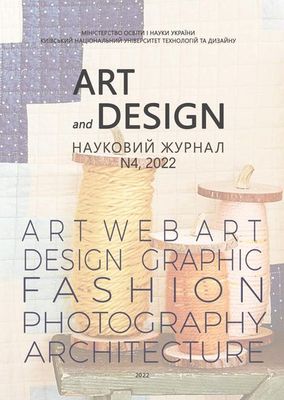STILL LIFE PAINTINGS BY GIUSEPPE CASTIGLIONE AS A SYNTHESIS OF EASTERN AND WESTERN TRADITIONS
DOI:
https://doi.org/10.30857/2617-0272.2022.4.11Abstract
The purpose of the article is to highlight artistic heritage of the Italian artist Giuseppe Castiglione in still life paintingswhile serving at the court of Chinese emperors; to search, analyze and typology preserved works, to determine principles of application of methods and techniques of Eastern and Western painting.
Methodology. Methods of formal, figurative and stylistic, semantic, hermeneutic, comparative analysis are used.
The results. The legacy of Giuseppe Castiglione in the genre of still life and the extent of its coverage in scientific literature are systematized; the works performed by the artist during his stay in China (1715–1766) are analyzed, peculiarities of transformation of the Chinese genre “flowers and birds” into the model of still life “flowers in a vase” are observed, compositional models developed by the artist are determined, semantic composition of individual works is highlighted. Based on the analysis of still life paintings preserved to this day, the principles of combining techniques of Eastern and Western painting have been determined.
Scientific novelty. The typological models of the still life painting “flowers in a vase” developed by Giuseppe Castiglione and Lan Xining were identified, principles of combining the means of artistic expression inherent in Eastern and Western artistic systems were revealed.
The practical significance of the research results lies in the possibility of their use as a heuristic model for the study of intercultural artistic influences, as a specific material for the attribution of relevant monuments on the territory of Ukraine, for solving current tasks of artistic and design practices.

